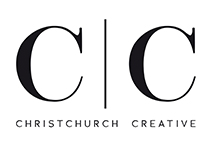Designing email newsletters that stand out is challenging, especially when inboxes get so crowded these days. However, we’ve got plenty of expertise when it comes to creating visually appealing and strategically focused content. So, follow our tips on how to improve newsletter design to ensure it grabs your customers’ attention and drives engagement. Or simply enlist the help of our team of journalists and marketing professionals at Christchurch Creative.
What to consider
- This form of email marketing design not only requires appealing visuals and layout but also elements, such as typography and CTAs, to effectively engage readers, convey the brand’s story, and prompt actions
- Personalisation and segmentation are essential to create newsletters that resonate with the right audience, enhance the relevance of content, drive higher engagement levels, and achieve better conversion rates
- Staying up-to-date with email design trends, such as evolving aesthetic preferences, is critical to maintain the effectiveness and freshness of newsletter content and your marketing strategy
Understanding the basics of email newsletter design
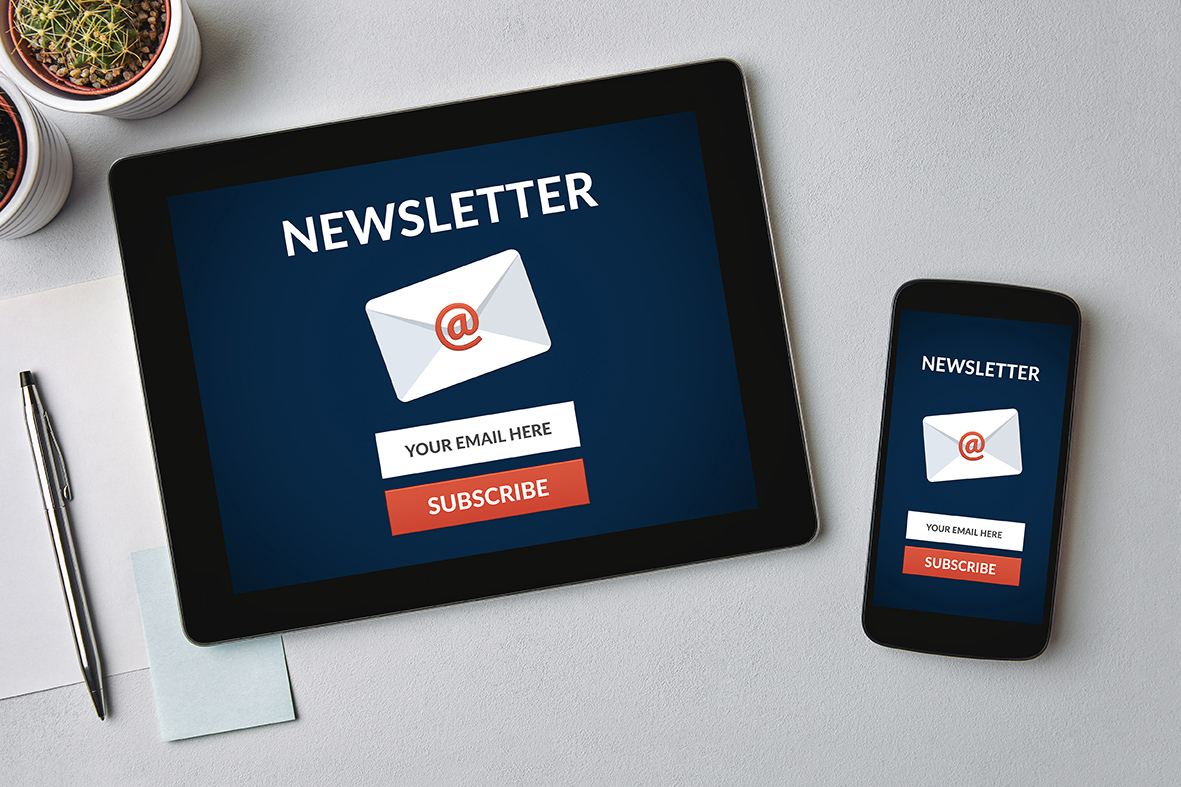
Designing an effective newsletter involves more than just pulling together text and images. It requires careful consideration of various design elements, from layout and typography to imagery and interactive elements. Why? Because effective newsletters are one form of email marketing, which aims to provide value to the audience, build trust and maintain relationships. A newsletter should be easy to read with plenty of white space, provide clear and concise content, a well-structured layout, and appropriate typography.
Traditional values
A traditionally structured email newsletter includes:
- A header with the title and branding elements, such as the company logo
- An introduction
- Core, dynamic content sections
- Calls-to-action (CTAs)
- A footer with contact information and links
Telling a story
But a newsletter isn’t just about delivering information; it’s also about telling a story. So, for our team of journalists, this is music to our ears. By incorporating a narrative structure, a captivating intro, conversational language, emotional appeal, and relevant visuals, we can enhance the storytelling aspect of your newsletters and your click through rates.
Consequently, understanding the basics of email newsletter design is crucial to any email marketing efforts. Whether you’re planning a company newsletter to keep employees informed or a promotional newsletter to announce a launch or sale and boost customer relationships, these principles should guide your design process.
Newsletters: what’s their purpose?
Newsletters serve a variety of purposes. They engage and inform subscribers about the latest news, which could be a blog post or new product, and insights from your brand. You can also use them to promote current events, reinforcing your brand values and identity in the eyes of your customers.
Effective newsletters often include tailored promotions and discount codes, which will incite action from subscribers. This is a great way to drive conversions and retention. So, whether you’re sending a May bank holiday email newsletter with a special discount code or a company version showcasing your sustainability initiatives, your newsletter serves as a powerful tool to keep your audience engaged and connected with your brand.
Identifying your target audience
Before you can design an email newsletter that will encourage readers, you need to know who they are. We believe identifying your target audience is absolutely critical. After all, this determines the newsletter’s tone, style, and content. If you understand this aspect, you can craft something that resonate with your readers. This will ultimately foster loyalty and action, and the newsletter will remain in your customers’ inboxes for longer.
Considering your email clients
Tailoring your content to embrace reader interests increases the likelihood of engagement, as the content appears more relevant and interesting to them. For example, if you know that a portion of your audience is interested in eco-friendly products, why not design an email newsletter featuring your brand’s sustainable initiatives? This ‘promotional emails’ approach can lead to higher open rates and a stronger subscriber base.
If you know the preferred content types and consumption patterns for your audience, this allows you to schedule and format your newsletters effectively.
Key components of newsletter design
When it comes to the actual design of your newsletter, you should consider a variety of factors. The design is a blend of various elements that together create an engaging visual and textual experience. The layout, for instance, is a fundamental component that includes the template, overall structure and spacing.
Typography and imagery also play crucial roles in determining the readability and visual appeal of your email newsletter. The fonts you choose and the images you pick can significantly affect whether your readers engage with your content. Furthermore, Calls-to-Action should always play an important role within your newsletter design. CTAs guide your readers to act in a desirable way, such as if they buy a product or click a link.
Crafting an effective layout: design elements
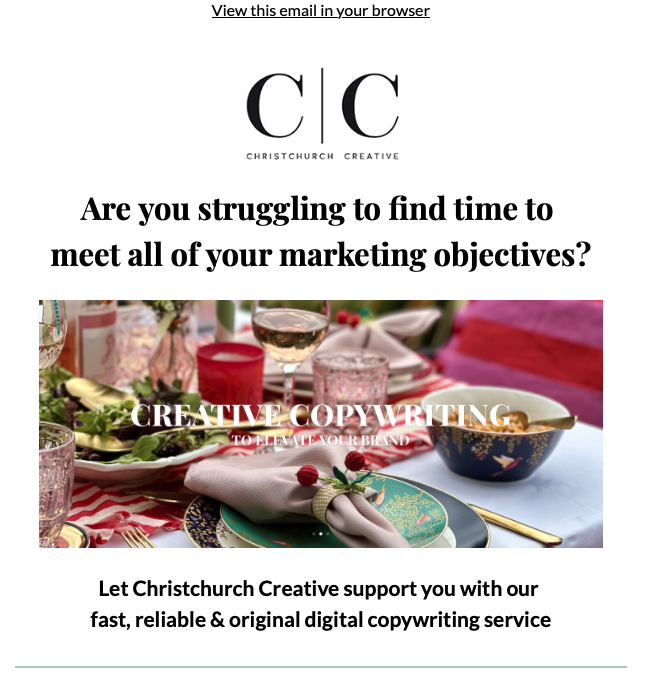
If you want your readers to focus on your content, you’ll need a well-crafted layout with a compelling subject line. This will also enhance engagement if you use the right messaging. Producing a great newsletter is about creating a balance in terms of content and imagery so it won’t feel empty or too crowded in terms of the design. One of our effective approaches which creates a well-balanced layout features plenty of white space around paragraphs of copy and images.
A simple design tends to be more appealing, because you’ll need to consider the type of content and how it works on different screen sizes, from a mobile phone to a computer. If you can stick with one visual theme, this is paramount if you want to ensure the design of your email newsletter does not look too cluttered. We use a drag and drop editor to create unique layouts that not only look good but also enable the reader to easily navigate each section.
Single vs. multi-column layouts
When deciding how to structure the layout of your newsletter, it can be difficult to choose between single and multi-column designs. At Christchurch Creative, we think each has its own merits. For instance, single-column layouts can be clear and concise and you’ll find the most important information should be positioned at the top. However, on the screen of a desktop computer, you could find they look narrow. For subscribers, they may have to keep scrolling to find specifically what they are looking for.
On the other hand, if you are hoping to produce impactful newsletters with an emphasis on images and less text, you might find that multi-column layouts are more beneficial. If you want it to work just as well on different devices, these can automatically scale to fit. Although if the design isn’t done well, you could find all sorts of problems such as issues with videos, images and text. This is why the way in which your newsletter is designed is so important.
Using white space effectively
White space is sometimes not used to its greatest effect however, at Christchurch Creative, we find this is an easy design tool which can have a powerful effect. In email newsletter design, in particular, this can help to improve readability and add instant visual appeal for the reader. Using white space can help readers to easily navigate through the content.
You’ll find white space offers a clean, organise layout and a variety of benefits:
-
Enables the reader to easily scan the content
-
Reduces any distractions on the page
-
Makes scrolling on mobile devices more intuitive
-
Calls-to-action (CTA) are more clearly visible and help to minimise visual clutter
Responsive design for email campaigns
These days, responsive design is so important when it comes to newsletters. This creates an optimal user experience whichever device your’e using, which works well for different email clients. Mobile phones tend to be used more and more with an increasing number of users using this method to access email newsletters. So, its important to implement mobile-friendly newsletter designs for easy access.
Mobile responsiveness is key to providing a seamless experience on smaller screens without sacrificing design quality. Single-column email designs, for example, are good for mobile optimisation due to their straightforward, linear information, which is beneficial for mobile viewing.
Enhancing your email newsletter with visuals

Visuals really bring your email newsletter to life. High-quality images enhance the newsletter’s background, allowing important text to be seen easily and making your campaigns relatable and friendly. Incorporating visuals can include:
- Using a colour layer over images
- Placing products at the centre of a shot with a stunning image background
- Framing copy with graphics
Sprucing up your email newsletter
Visuals significantly speed up message processing and play a major role in engaging subscribers and improving conversion rates. They convey messages more effectively than text alone so effective newsletters should include:
- Fonts that align with your brand identity
- The right use of colour to bring attention to important elements
These strategies complement informative content, such as a blog post, and help to create an engaging email newsletter.
Choosing the right images
When it comes to images in your newsletter, quality and relevance are key. We tend to consider the following:
- Select high-quality images that enhance your newsletter’s message and appeal to your major email clients (your target audience)
- Images should align with your content, complement the text, provide value, and evoke the desired responses from readers
- They should also be quick to load and emphasise key points within your email campaigns
However, balance is crucial. An email newsletter design overloaded with images can be as off-putting as one without them. A balanced mix of text and images keeps newsletters engaging and easy to read. On the other hand, using irrelevant or low-quality images can lead to confusion among readers and may give an unprofessional appearance.
Typography tips for readability and brand consistency
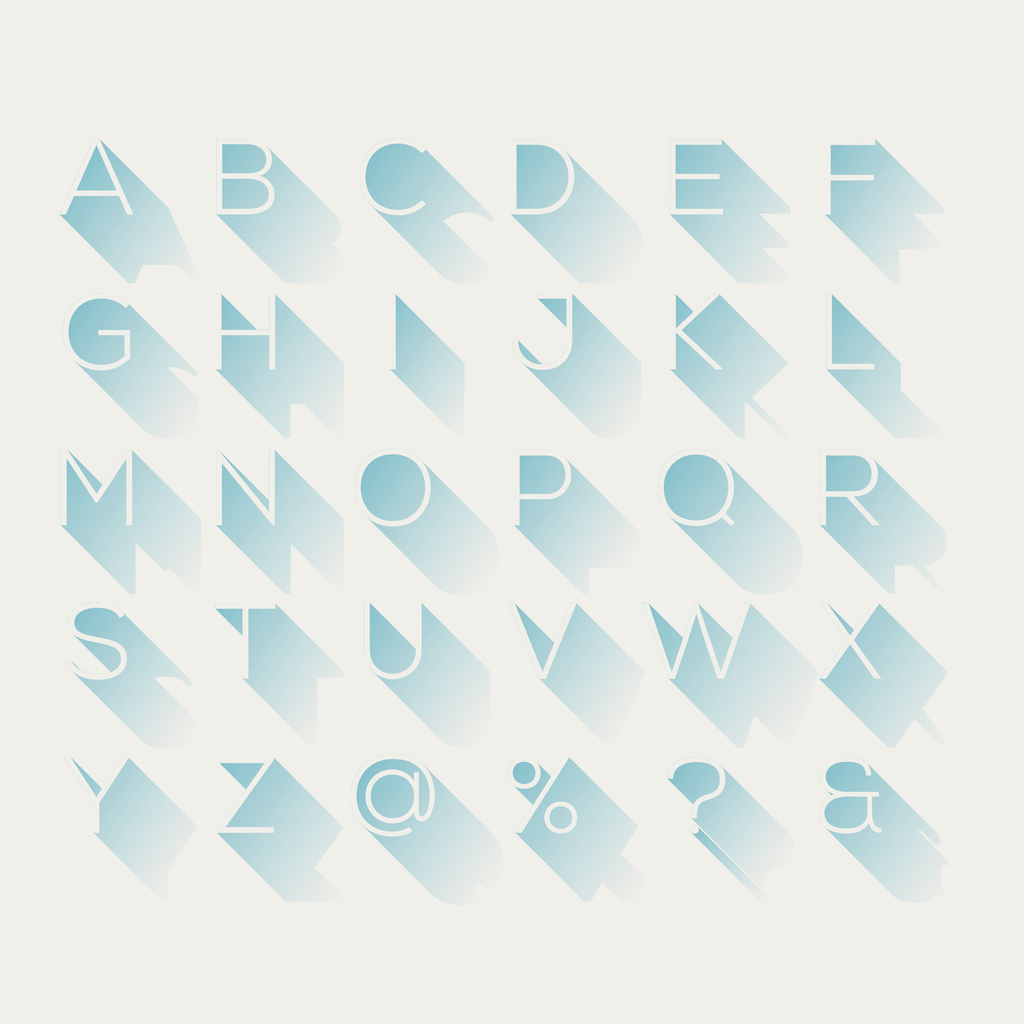
Typography should play a key role in your email newsletter’s readability and brand consistency. The fonts, colour palette and visuals you choose significantly influence how your newsletter is perceived, ensuring the message resonates with the reader while reflecting your brand’s identity.
Design tools
To maintain clarity and focus in an email campaign for our clients, we tend to:
- Use font sizes of at least 28 pixels for headlines and 12-14 pixels for main text
- Try not to feature more than two or three font styles
- Enhance the legibility of our content by employing proper line spacing and letter spacing. This reduces the effort required to read and understand the text
For a consistent brand experience across platforms, the typography used should align with what you’ll find on your brand website and other media.
Crafting compelling Calls-To-Action (CTAs)
CTAs are vital for engagement in your email newsletter. A well-designed version should have a compelling call-to-action that is eye-catching and straightforward, prompting the subscribers to take a specific action. CTAs should be visually distinct, perhaps with contrasting colours, to stand out from the rest of the email design. Their size should also be large enough to be easily found but not so large as to become obtrusive.
Visual appeal
We use visual enhancements, such as using brighter colours or bold fonts, applying italics or underlined text, to make CTAs more attention-grabbing in an email campaign. These should align with the flow of the email content and we tend to place them where readers naturally pause.
Additionally, effective CTA text should:
- Avoid generic phrases and instead use action verbs
- Highlight benefits
- Set expectations
- Create a sense of urgency, especially for time-sensitive offers
Personalisation and segmentation strategies
Personalisation in newsletters involves incorporating details like your recipient’s name, location, and other individual information. Segmentation, on the other hand, entails dividing your email marketing list into specific groups – these could be defined by demographics, purchase history or engagement.
Adding to your main message
There are various ways to feature personalisation:
- Using tools to address the recipients by name
- Featuring smart content to show varied content based on the viewer’s segment
- Using personalised subject lines tailored to each audience segment, with an attention-grabbing subject line being crucial for success
These strategies are effective in capturing interest and enhancing the relevance of the email newsletter content. We find a one-size-fits-all approach will not be as effective and the more personalised your newsletter is, the more it will resonate with your audience.
Email marketing which ensures accessibility
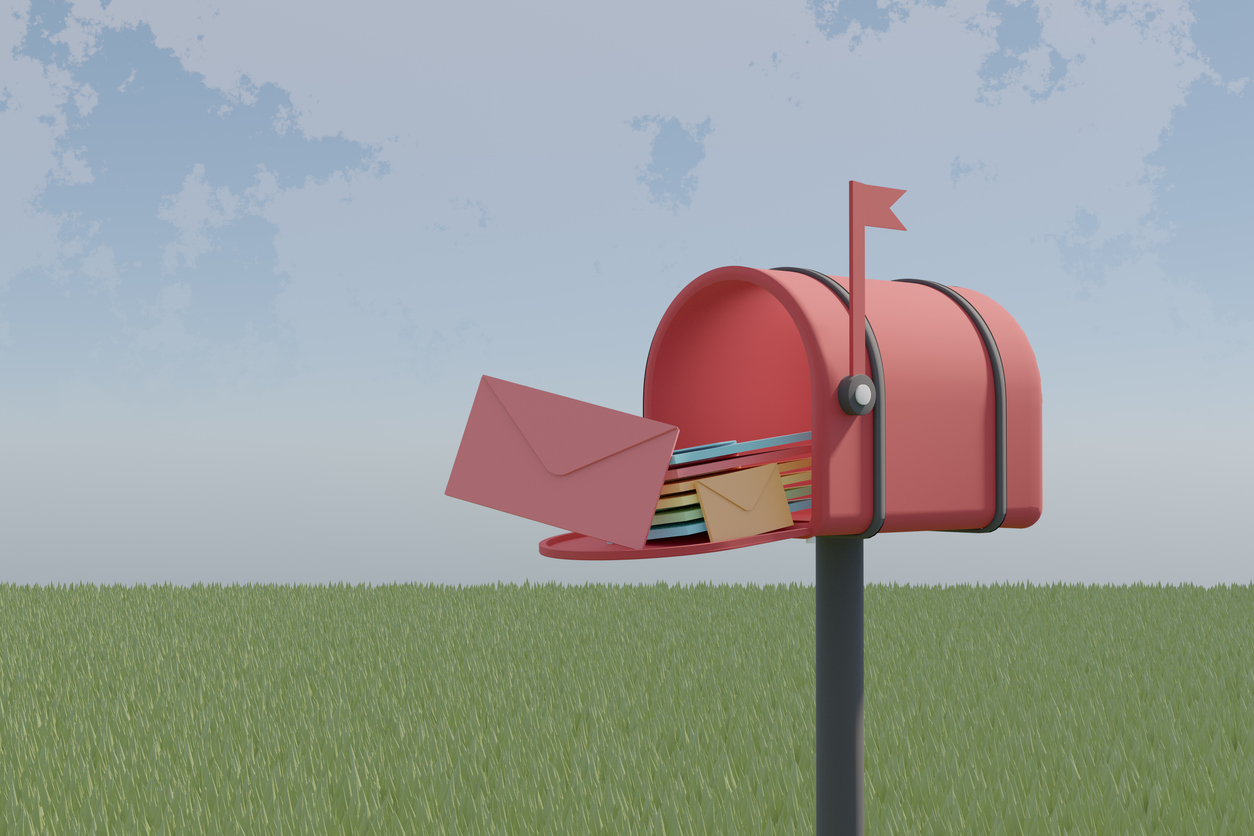
We organise content logically using headings and bullet points, making it navigable and understandable for all subscribers. We also ensure images have descriptive alternative text – this way you can support users with visual impairments and if images do not load properly. The font sizes we pick enhance readability across devices – we recommend 12 pixels for email text.
We also use caps, italics, and underlining sparingly in our email subject lines to prevent text from being difficult to read or appearing cluttered.
Email newsletter design trends
Email design trends are constantly evolving. So, keeping up with these is essential to ensure our newsletters remain fresh, engaging, and effective. For instance, interactive content including elements such as videos and image carousels are becoming increasingly prevalent, providing a more engaging experience for subscribers.
AI in email design
Emerging technology is also influencing email newsletter design. Using AI-powered tools for design creation is on the rise and this can offer innovative ways to enhance newsletter design and effectiveness.
Visual trends are evolving as well. Preferences for creative typography, for example, are shaping the aesthetic appeal of newsletter templates. At Christchurch Creative, we update ourselves with the latest trends in interactivity, technological tools, and visual aesthetics, so your marketing campaigns, including your email newsletter, can remain an effective tool for engaging subscribers.
Power to the people
A well-designed email newsletter has the power to deeply engage your audience, promote your brand, and drive conversions. It’s about creating a balance between compelling content, aesthetic appeal, and user experience.
So, the next time you’re tasked with designing a newsletter, why not contact the experts at Christchurch Creative? We will ensure we understand your audience, craft an effective layout, use compelling visuals, choose readable typography and consider accessibility and inclusivity. Above all, we always keep up-to-date with the latest design trends. Email info@christchurchcreative.co.uk for information now.
